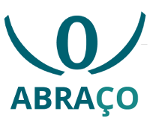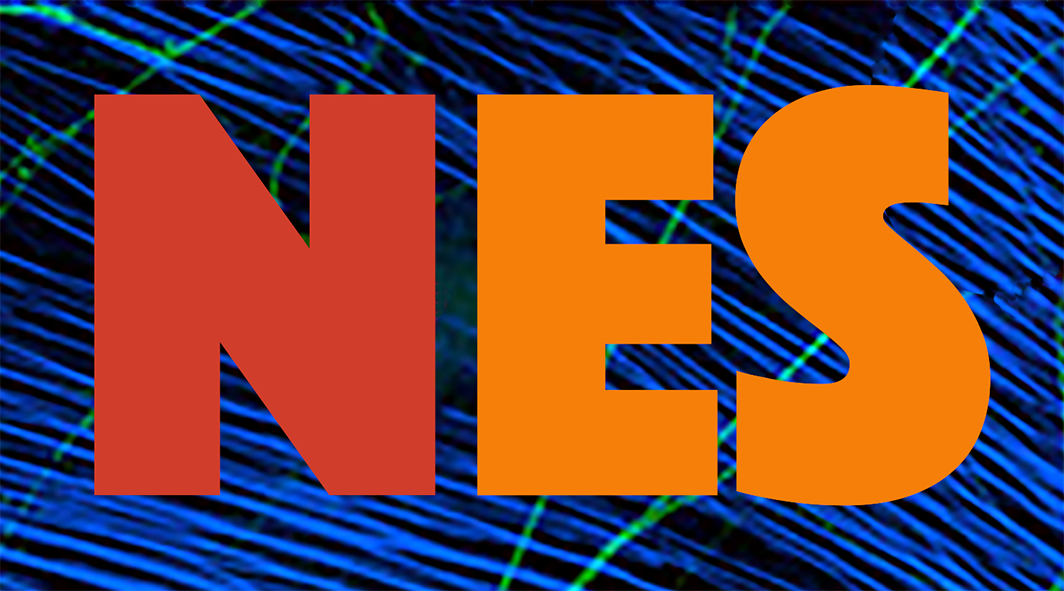
NeuroMat releases report of first-year activities
Oct 31, 2014
NeuroMat released at the end of September the First Report of Activities. This document is required by the São Paulo Research Foundation (FAPESP), the funding entity of the Research, Innovation and Dissemination Center for Neuromathematics (CEPID NeuroMat), and presented detailed accounts of scientific, dissemination and technology-transfer activities.
In the section on scientific activities, NeuroMat brought up evidences toward achieving a new mathematical framework for neuroscience, including the ongoing development of a new class of stochastic processes and of the statistical tools required by this new class of stochastic processes. These evidences are mostly published and submitted articles, such as “Infinite Systems of Interacting Chains with Memory of Variable Length—A Stochastic Model for Biological Neural Nets” and “Hydrodynamic limit for interacting neurons”. The report listed a total of 17 published or accepted papers, 14 submitted papers, 7 papers under preparation, 3 communications in scientific meetings.
Publications on a new mathematical framework for neuroscience is accompanied by a growing engagement of young researchers who have been trained to take up the challenge of developing Neuromathematics and by a frequent scientific missions and training programs to foster a new theory of the brain. As the First Report of Activities showed, there were 2 postdoctoral fellows, 2 concluded PhD theses, 3 concluded Master dissertations, 12 PhD theses in progress and 5 Master dissertations in progress. The report also listed 102 scientific missions, 2 scientific meetings, 3 training programs and 18 seminars on stochastic processes and their applications. In this context, key events in 2014 were NeuroMat's First Workshop and the roundtable "New Forms of Scientific Journalism and the CEPID NeuroMat Work".
In the section on dissemination activities, NeuroMat showed evidence of accomplishing several intertwined goals, including high media exposure and crossmedia communication. The first-year report listed eighteen media pieces on Neuromathematics and NeuroMat, that had direct involvement of members of the research center. (NeuroMat's clipping may be read here.) Media exposure was strengthened by the release of two videos in which NeuroMat members and topics played a fundamental role, which may be seen here. The development and integration of an updated web portal, a regular newsletter and a Facebook community remained the main elements of crossmedia communication that the NeuroMat Dissemination Team put forward. Pageviews in the web portal in the first year of activities totaled 19,531, and NeuroMat monthly newsletter reached around 400 people.
In the process of dissemination, NeuroMat launched a Wikipedia initiative that became the forefront of its innovative take on scientific communication. As presented in the report, “Launched in July, 2014, this Initiative aims at ensuring that articles on Neuromathematics (research, terminology, theory) are up-to-date, complete, and written in a style that is neutral and appropriate for the general public, as well as based in reliable sources, and assessing Neuromathematics-related articles and tagging them appropriately when problems are found.” Details on the Initiative may be read here.
In the section of technology transfer, the report brought up advances in the direction of delivering computational tools that are needed to collect and gather neuroscientific data. A key founding objective of NeuroMat remained the building of a conceptual data model for neuroscience data, the implementation of a database and computational tools for management, curation and sharing of scientific data. During the first year of activities, a conceptual database model for neuroscience experimental data was created, providing at the same time data management software tools to enable scientists to store their data in the NeuroMat database and software tools for clinical and experimental data management, resting upon requirements that clinicians asked for.
The development of new computational tools that would be akin to neuromathematical challenges related to relying on a renewed working methodology that is called Extreme Programming (XP), an adapted version of a well-known agile development methodology. Such methodology depended on establishing a configuration of frequent exchanged among team members and minimizing bureaucracy. To learn more on this methodology, click here.
To have access to the NeuroMat's First Report of Activities, click here.
This piece is part of NeuroMat's Newsletter #9. Read more here
Share on Twitter Share on Facebook| NeuroCineMat |
|---|
|
Featuring this week: |
| Newsletter |
|---|
|
Stay informed on our latest news! |
| Follow Us on Facebook |
|---|




